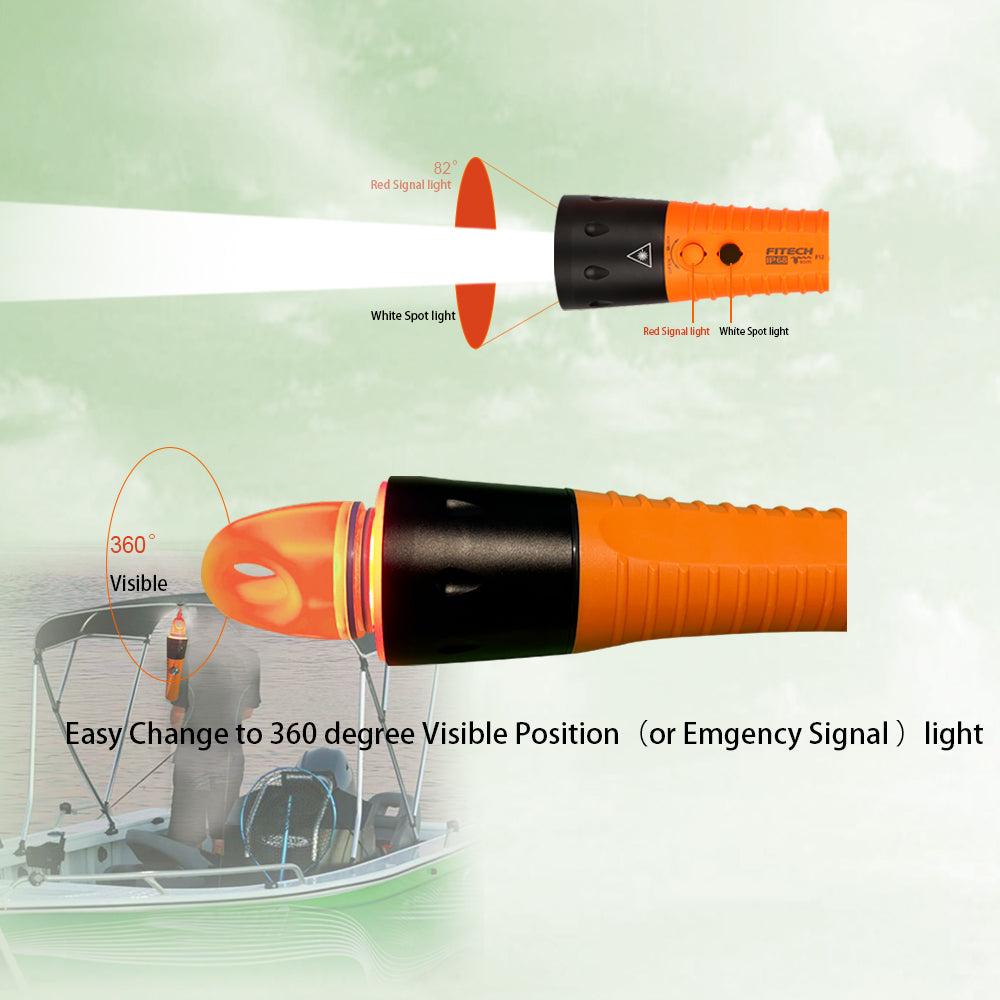
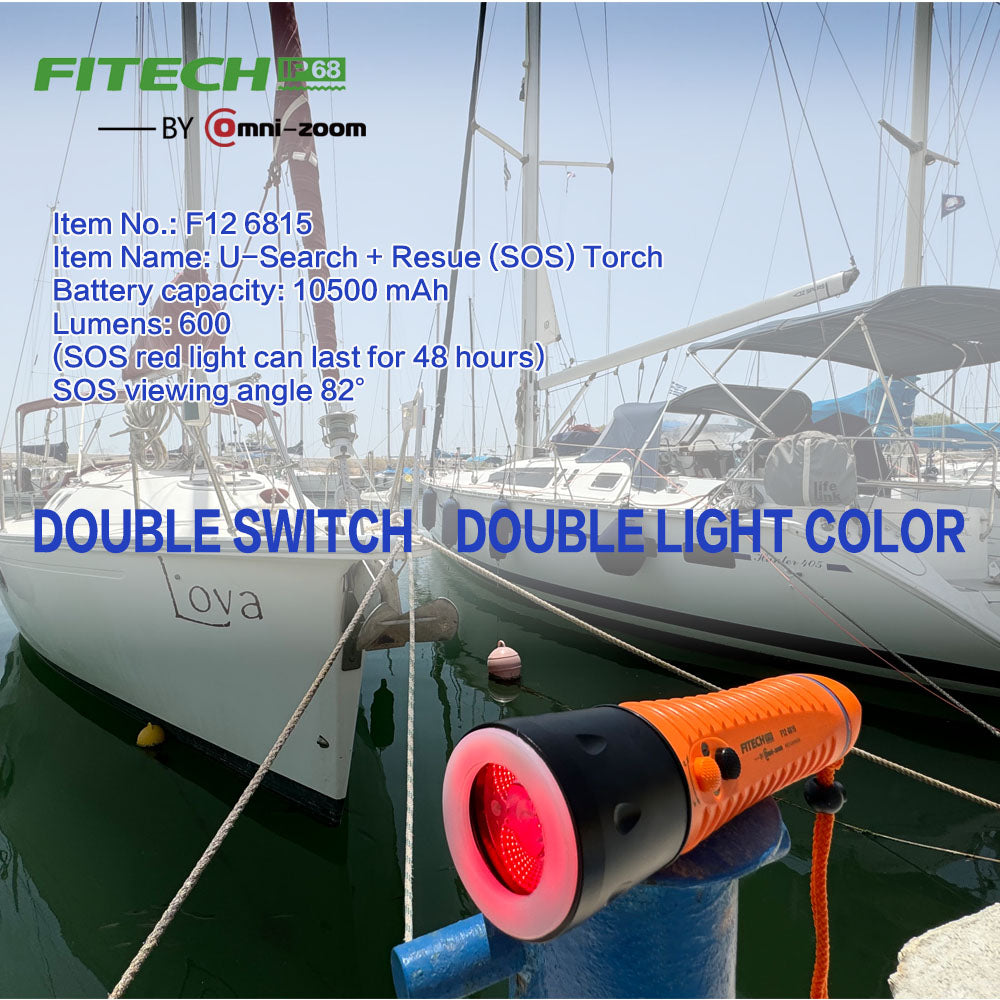
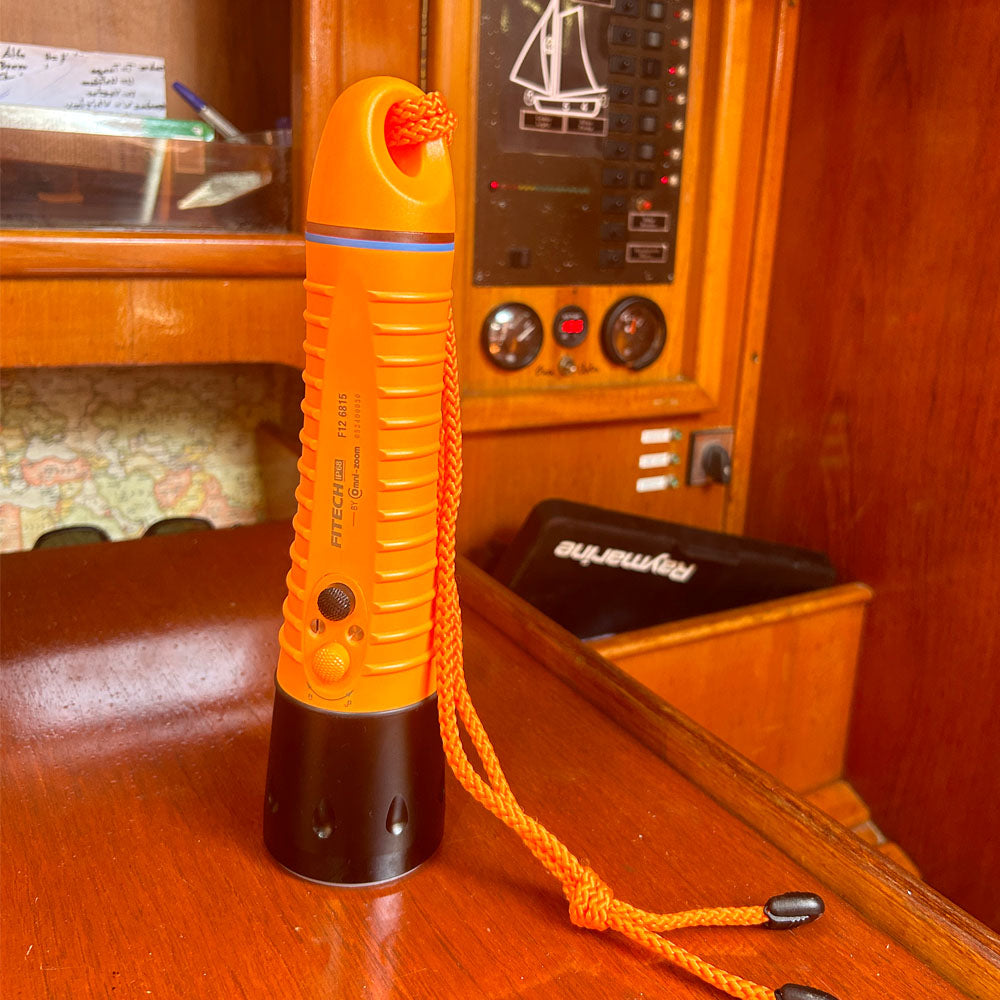
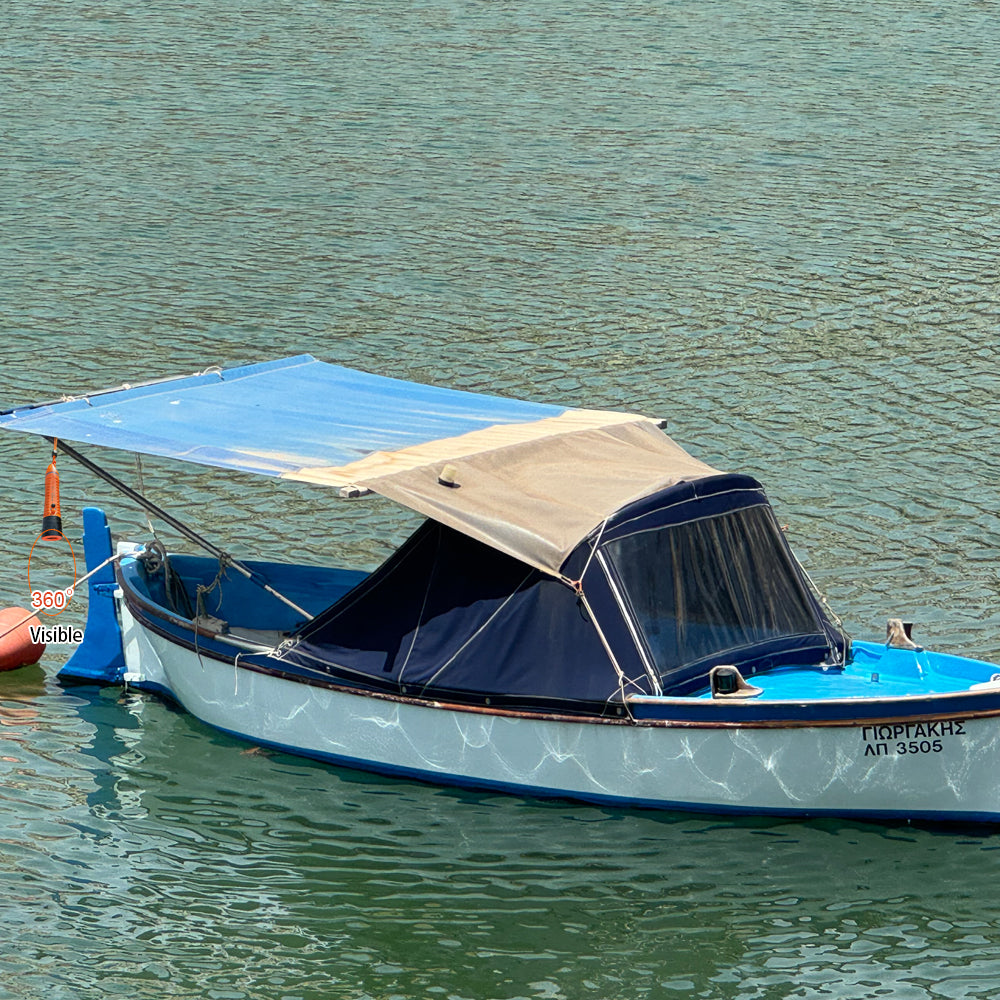
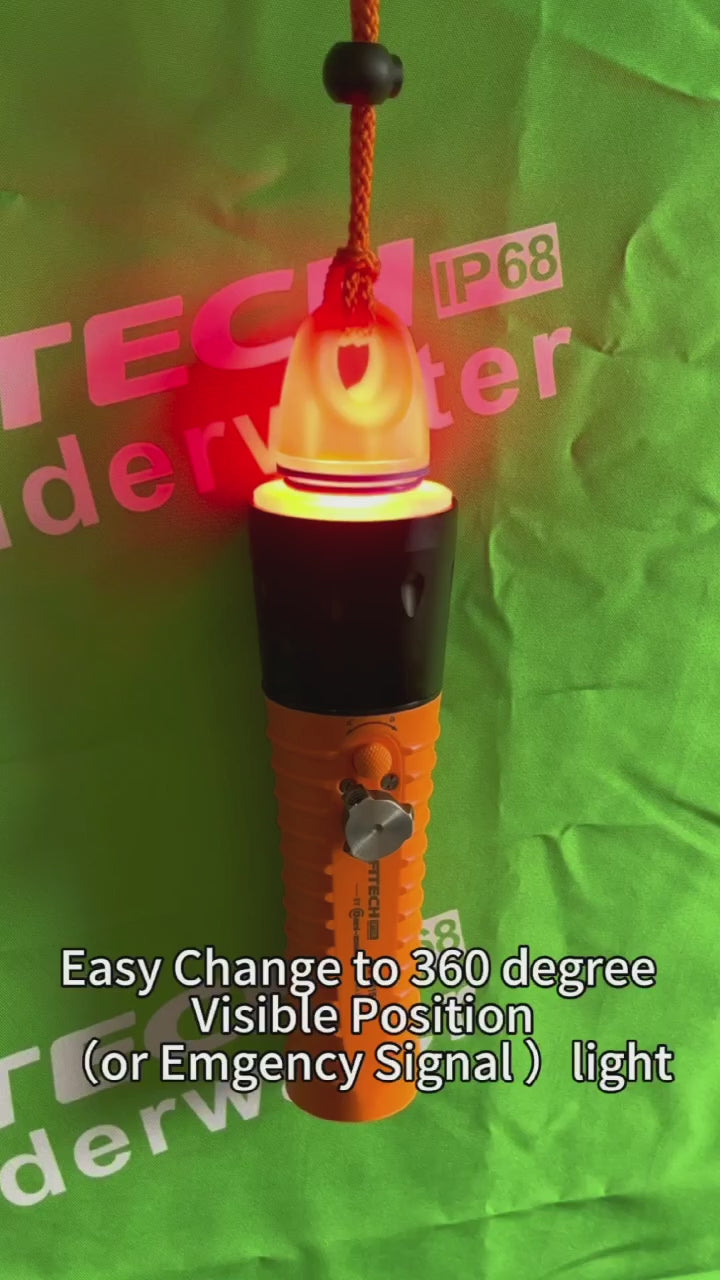
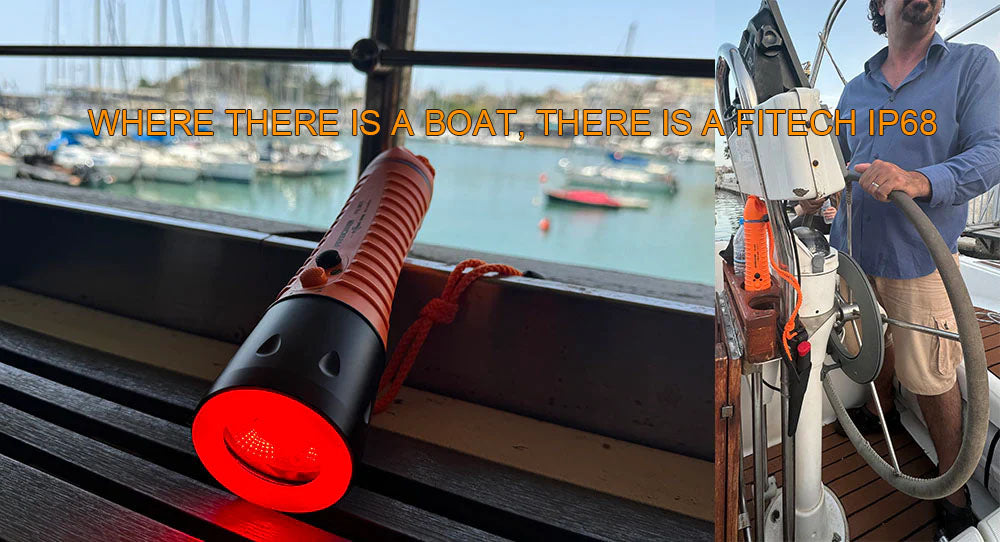
F12 Multi-Funktions-SOS-Taschenlampe
Um Unfälle zu vermeiden, haben wir einen Doppelschalter mit Anti-Unfall-Trigger-Lock-Design, ein Schalter Schaden wird nicht das Produkt vollständig ausgefallen, gepaart mit dem 3m Drop-Standard, wird es die Garantie, dass Sie nicht versehentlich zu führen, um ein-oder ausschalten des Lichts zu maximieren.
IP68 wasserdicht Bewertung, auch tief in das Wasser 120m, so dass Sie nicht über das Eindringen von Wasser und Ausfall zu kümmern, ob unter Wasser oder an Land!
Darüber hinaus haben wir drei Lichtmodi, hoch, mittel und niedrig, sowie den SOS-Modus eingestellt, die über zwei Schalter gesteuert werden. Mit dieser Funktion können Sie verschiedene Lichtmodi je nach Situation einstellen, so dass Sie das Gleichgewicht zwischen der Beleuchtungszeit und der Nutzung des Lichts maximieren können.
Wenn Sie sich im Freien, in Höhlen, im Meer, unter Wasser und in anderen komplexen Umgebungen aufhalten, wird Ihnen die F12-Taschenlampe eine große Sicherheit geben.
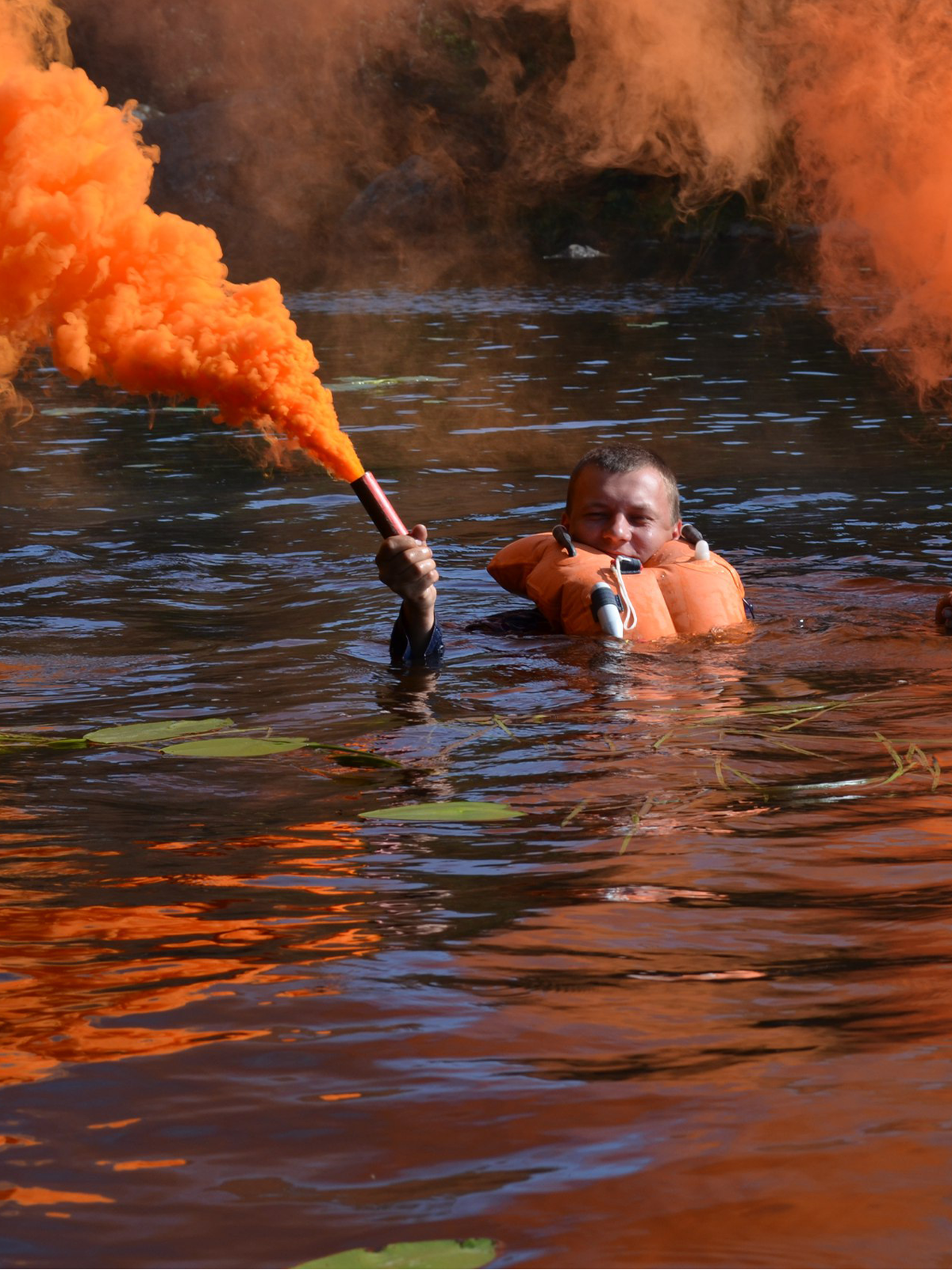
Traditionally, distress signals are not associated with lights of a particular colour. Distress signals are mainly conveyed through a signalling pattern in Morse code: three short signals, three long signals, and three more short signals. This pattern can be conveyed using a variety of light sources, such as torches, signal lamps and even lanterns.
However, when it comes to distress signals at sea, different types of distress signals have specific colours. For example, at sea, red flares or red smoke signals are commonly used to indicate distress. Similarly, orange smoke signals or orange flags may be used to attract attention and signal an emergency. These specific colours help to distinguish distress signals from other types of signals or flags used in maritime communications.
Traditionally, distress signals are not associated with lights of a particular colour. Distress signals are mainly conveyed through a signalling pattern in Morse code: three short signals, three long signals, and three more short signals. This pattern can be conveyed using a variety of light sources, such as torches, signal lamps and even lanterns.
However, when it comes to distress signals at sea, different types of distress signals have specific colours. For example, at sea, red flares or red smoke signals are commonly used to indicate distress. Similarly, orange smoke signals or orange flags may be used to attract attention and signal an emergency. These specific colours help to distinguish distress signals from other types of signals or flags used in maritime communications.



